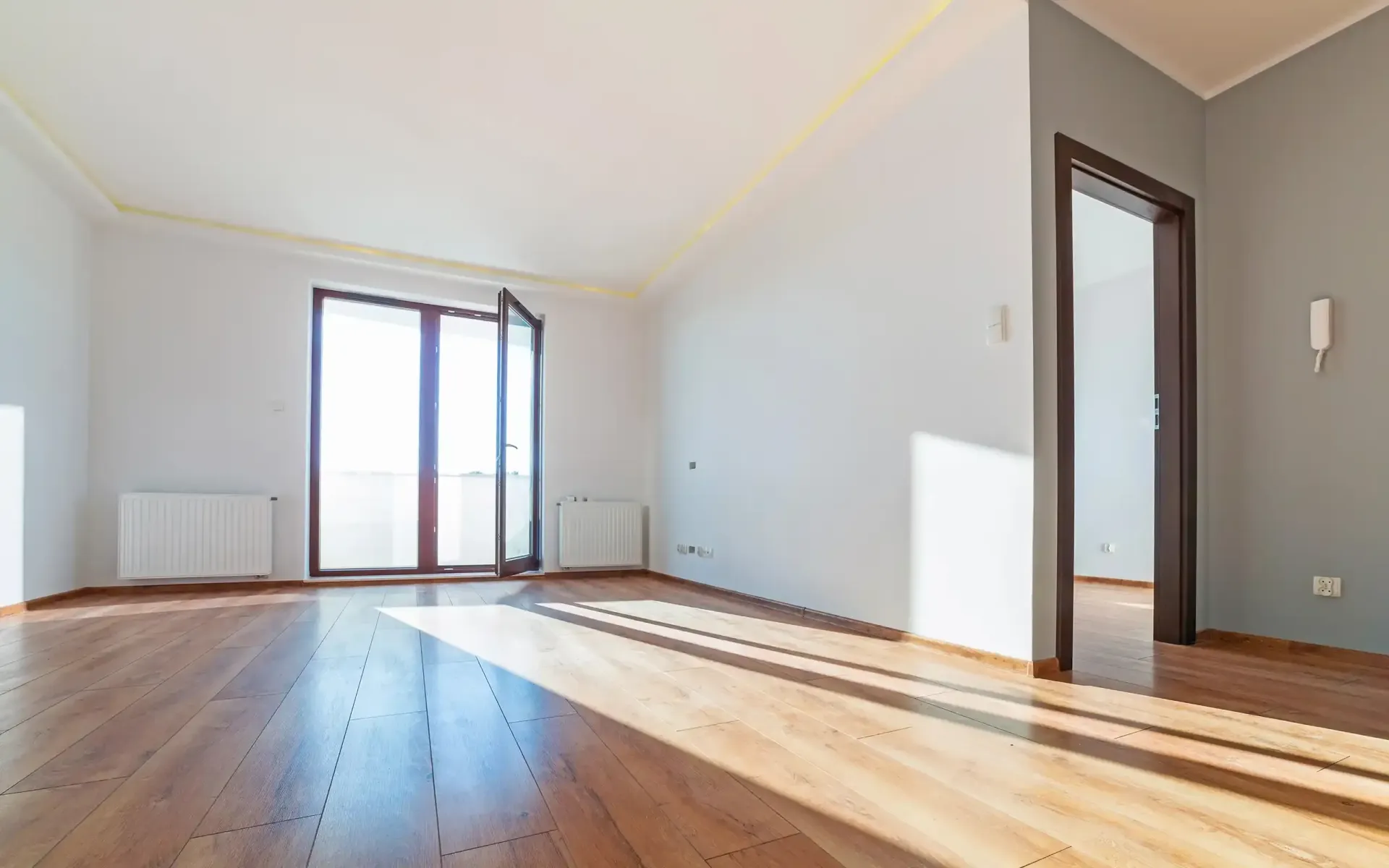Single Touch Payroll Phase 2
Single Touch Payroll Phase 2 (STP 2) employer reporting guidelines & overview
STP is the way you report your employee’s tax and super information to the ATO.
We have been operating STP Phase 1 for a couple of years. The mandatory start date for STP Phase 2 reporting was 1 January 2022. However, an extension was automatically applied to users of MYOB, XERO, QuickBooks and other Software Providers to 1 January 2023.
The expansion of STP Phase 2 is to streamline employers reporting obligations. This will provide additional information including reducing the reporting burden for employers who need to report information about their employees to more than one government agency and support the administration of Social Security system.
However, if you are ready to make the transition to STP Phase 2 now is the time to get organised and it can commence on 1 July 2022 therefore a voiding having a hybrid year (Part year STP 1 and part year STP 2) Being in just STP Phase 2 for the full financial year should allow for less possible issues. The payroll for 2022 should be set as final, and then transition to STP Phase 2.
At Mulcahy & Co, we have tax professionals to assist you with this transition. We are only a phone call away to step you through this process.
Steps for the changes in STP Phase 2
- Check your business details are correct
- Check your employee’s details are correct
- Employee Income Type:
- SAW Salary & Wages
- CHP Closely Held Employees
- WHM Working Holiday Makers
- SWP Seasonal Worker Program
- LH Labour Hire
- ATO Reporting Categories:
- There is a table to show the components of tax treatment code, as this is a little more complex within the software program. The areas for these ATO reporting categories are:
- Wages
- Superannuation
- Deductions
- Taxes
- Lump Sum E Payments
All software programs will step you through this process. The programs will not allow the transition to be completed if you have not answered all the categories correctly.
It is time to get prepared and plan for this transition. If you are unsure and need help the team at Mulcahy & Co are more than happy to guide you through the process and take the burden away…. please
contact us if you need our assistance.
Latest News







